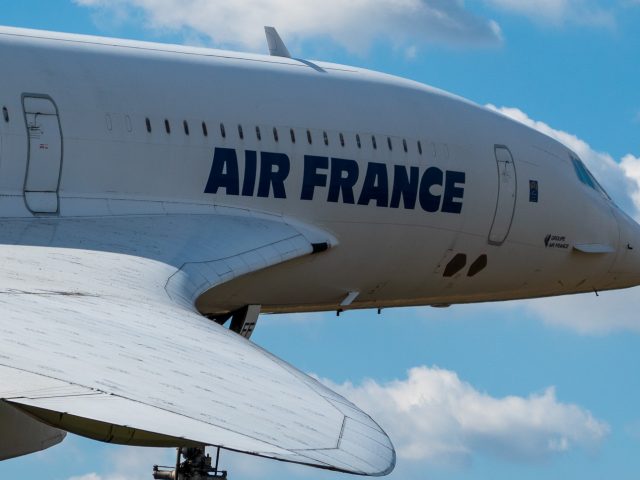The Concorde and TU-144 were two supersonic passenger jets that captured the imagination of the world in the 1960s and 70s. These two planes represented the pinnacle of aerospace engineering and symbolized the race for supremacy in the air between the United States and the Soviet Union.
The Concorde was a joint project between the British and French aerospace industries. It first flew in 1969 and entered service in 1976. The Concorde could fly at twice the speed of sound, which allowed it to make transatlantic flights in under four hours. The Concorde was also known for its sleek design, which made it one of the most recognizable planes in the world.
The TU-144, also known as the “Concordski,” was developed by the Soviet Union in response to the Concorde. The TU-144 first flew in 1968, one year before the Concorde, but did not enter commercial service until 1977. The TU-144 could also fly at twice the speed of sound and was designed to carry more passengers than the Concorde.
The rivalry between the Concorde and the TU-144 was intense. The Soviet Union was eager to prove that it could match the technological achievements of the West, while the Concorde represented a symbol of British and French ingenuity.
However, the TU-144 was plagued by technical issues and accidents during its brief commercial service. In 1978, a TU-144 crashed during an airshow, killing all on board and injuring many on the ground. This incident, along with the plane’s technical issues and lack of commercial success, led to the end of the TU-144 program in 1985.
The Concorde, on the other hand, enjoyed a long and successful career, flying for over 27 years before being retired in 2003. The Concorde’s speed and luxury made it a favorite among wealthy travelers, and it remained an icon of aerospace engineering until its retirement.
Despite the rivalry between the two planes, the Concorde and TU-144 were both remarkable achievements in aerospace engineering. These two planes pushed the boundaries of what was possible in flight, and their legacy continues to inspire the next generation of aerospace engineers.
You can view the planes in museums around the world, have a look at the pictures:

